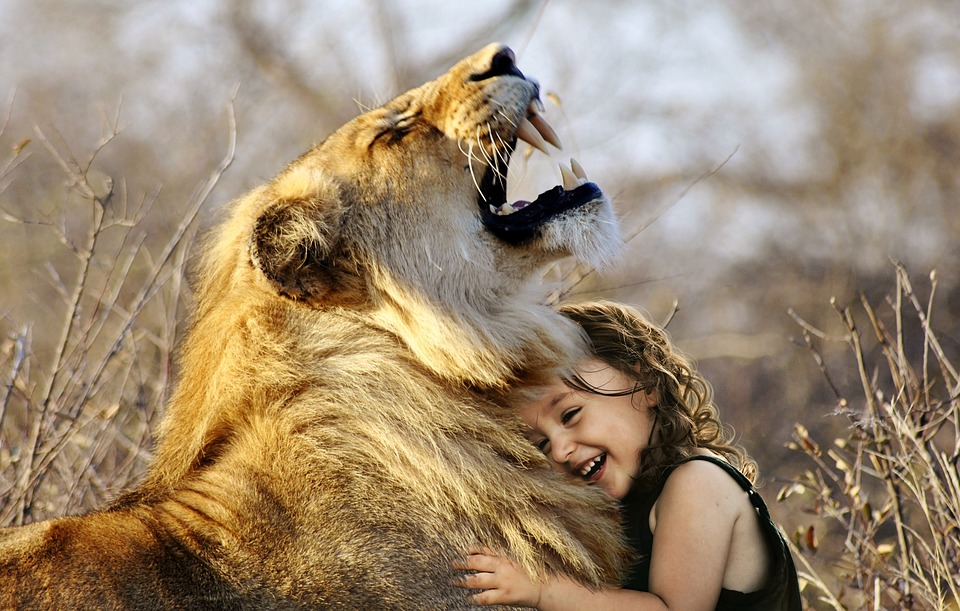Cats are known for their independent and self-grooming nature. However, when it comes to grooming by humans, some cats may display excessive vocalization. This behavior can be distressing for both the cat and their owner. In this article, we will explore the possible reasons behind excessive vocalization during grooming and provide helpful tips to cope with this behavior.
Why do cats vocalize excessively during grooming?
1. Sensitivity and Discomfort: Some cats may have sensitive skin or be experiencing discomfort during grooming, leading to excessive vocalization as a way to communicate their discomfort.
2. Fear or Anxiety: Cats that are fearful or anxious may vocalize excessively during grooming. This can be a result of past negative experiences or a lack of trust in their owner.
3. Attention-seeking: Cats are known to use vocalization as a way to get attention. If they find that excessive vocalization during grooming leads to increased attention from their owners, they may continue this behavior.
4. Communication: Cats may vocalize to communicate their boundaries or preferences. It’s essential to understand their body language and respect their signals during grooming.
Tips for Coping with Excessive Vocalization
1. Create a Calm and Safe Environment: Ensure that the grooming area is quiet, free from distractions, and comfortable for your cat. Minimize external noises that may contribute to their anxiety or fear.
2. Gradual Desensitization: If your cat displays excessive vocalization, gradually introduce grooming activities in short sessions. Start by associating grooming with positive experiences, such as treats or gentle petting. Slowly increase the duration and intensity of grooming over time.
3. Use Appropriate Grooming Tools: Choose grooming tools that are gentle and suitable for your cat’s coat type. Avoid any tools that may cause discomfort or pain, as this can contribute to excessive vocalization.
4. Positive Reinforcement: Praise and reward your cat for calm behavior during grooming sessions. Positive reinforcement can help create a positive association with grooming and reduce excessive vocalization.
5. Consult a Professional: If your cat continues to vocalize excessively during grooming despite your efforts, consider seeking advice from a professional cat behaviorist or veterinarian. They can provide tailored strategies to address the underlying causes of the behavior.
FAQs about Coping with Excessive Vocalization during Grooming
Q: Is excessive vocalization during grooming a sign of pain?
A: Excessive vocalization can indicate discomfort, but it doesn’t necessarily mean your cat is in pain. Observe your cat’s overall behavior and body language to assess their well-being.
Q: How can I determine if my cat is anxious or fearful during grooming?
A: Signs of anxiety or fear may include flattened ears, dilated pupils, attempts to escape, growling, or hissing. If you notice these signs, it’s important to approach grooming with patience and provide a safe environment.
Q: Can grooming frequency affect excessive vocalization?
A: Yes, grooming frequency can play a role. Some cats may become overwhelmed if grooming sessions are too frequent. Find a balance that suits your cat’s coat type and individual needs.
Q: Should I punish my cat for excessive vocalization during grooming?
A: Punishment is not recommended, as it can worsen the behavior and damage the bond between you and your cat. Focus on positive reinforcement and gradual desensitization techniques instead.
By understanding the reasons behind excessive vocalization during grooming and implementing the appropriate coping strategies, you can help your cat feel more comfortable and relaxed during grooming sessions. Remember, patience and positive reinforcement are key to building a strong bond with your feline companion.








